Look at the shapes
0
Overview
Using this Resource
Connecting to the Curriculum
Marking Student Responses
Working with Students
Further Resources
This task is about looking at the properties of shapes.
Task administration:
This task can be completed with pencil and paper or online (with auto-marking displayed to students).
Copyright:
Image copyright: NZCER
Level:
2
Curriculum info:
Keywords:
Description of task:
Students identify shape properties in a range of different shapes.
Learning Progression Frameworks
This resource can provide evidence of learning associated with within the Mathematics Learning Progressions Frameworks.
Read more about the Learning Progressions Frameworks.Answers/responses:
| Student response | Y5 (03/2017) | |
| a) |
Open shapes:
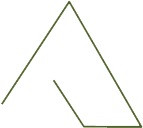 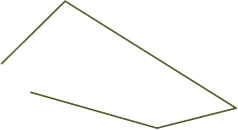 |
very easy (all correct) |
| b) |
Curved sides:
 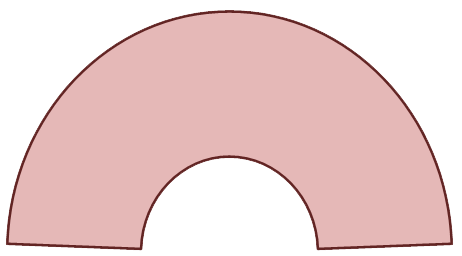  |
moderate (all 4 correct)
very easy (at least 2 correct)
|
| c) |
Right-angles:
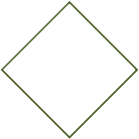 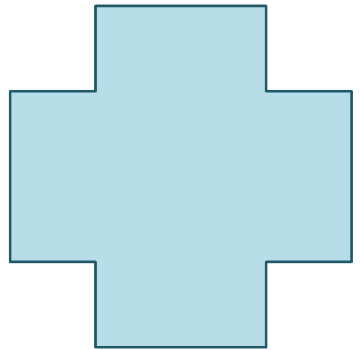  |
very difficult (all 4 correct)
difficult (at least 2 correct)
|
| d) |
Parallel sides:
  |
very difficult (all 3 correct)
difficult (at least 1 correct)
|
Teaching and learning:
This task is about identifying shape properties in a selection of different and unusual shapes.
Diagnostic and formative information:
| Common error | Likely misconception | Next steps | |
| b) |
Students did not select all the possible correct options for shapes with curved sides. A small number of students did not select the shapes:
  |
Students may not consider the line along the side of the shaded shapes as "sides". They identified the shapes with more dominant lines, but not the green shaded shapes. |
Students may need to explore the shapes more closely. They could work in pairs and discuss the possible properties: open/closed, sides, corners, etc.
They can further discuss what a side is and identify all the sides of the shapes. Once they have a better sense of "side" they could check each side of a shape and evaluate whether it is a curved side.
|
| d) |
Students did not select all the possible four options for shapes with parallel lines. Approximately half the students incorrectly selected:
|
Some students may not have been able to work out which shapes had parallel sides/lines.
They may see any regular looking shape (with congruent sides) as having parallel sides/lines because the sides are congruent or regular (as with the shapes:
|
Students may need to explore the shapes more closely. They could work in pairs and discuss the possible properties: open/closed, sides, corners, etc. They could be asked How many sides? How many corners?, and then point to the sides. Attention needs to be drawn to the sides not the overall shape.
Once they have a better sense of "side" they could check each side of a shape and identify whether there is another side on the shape that looks parallel. As they explore this they could talk about what a parallel lines look like, and if students think a non- parallel side so/lines is parallel find out why.
|
| c) |
Students did not select all the possible four options for shapes with right angles.
Over a third of students incorrectly selected:
|
Some students may not be able to work out which shapes had right angles. They may see any regular looking acute angle as right angle or may not recognise a right angle with different orientation (upside down, on a tilt, etc). |
Students may need to explore the shapes more closely. They could work in pairs and discuss the possible properties: open/closed, sides, corners, etc. Once they have a better sense of what a side is they may recognise the curved side of the shaded shapes.
They can further discuss what a corner (and angle) is and identify all the corners of the shapes. Once they have a better sense of "corner" and angle they could point to each corner, and then consider and evaluate whether it is a right angle. They should also make sure that they can recognise a right angle with different orientation (upside down, on a tilt, etc).
|
Next steps:
Students who identified most (but not all) the answers could be asked to justify why they did not select all the other options. It may well be that students simply did not think they needed to identify as many as they could for each question. Ask these students if there are any other shapes that the clue/statement is also true for.

